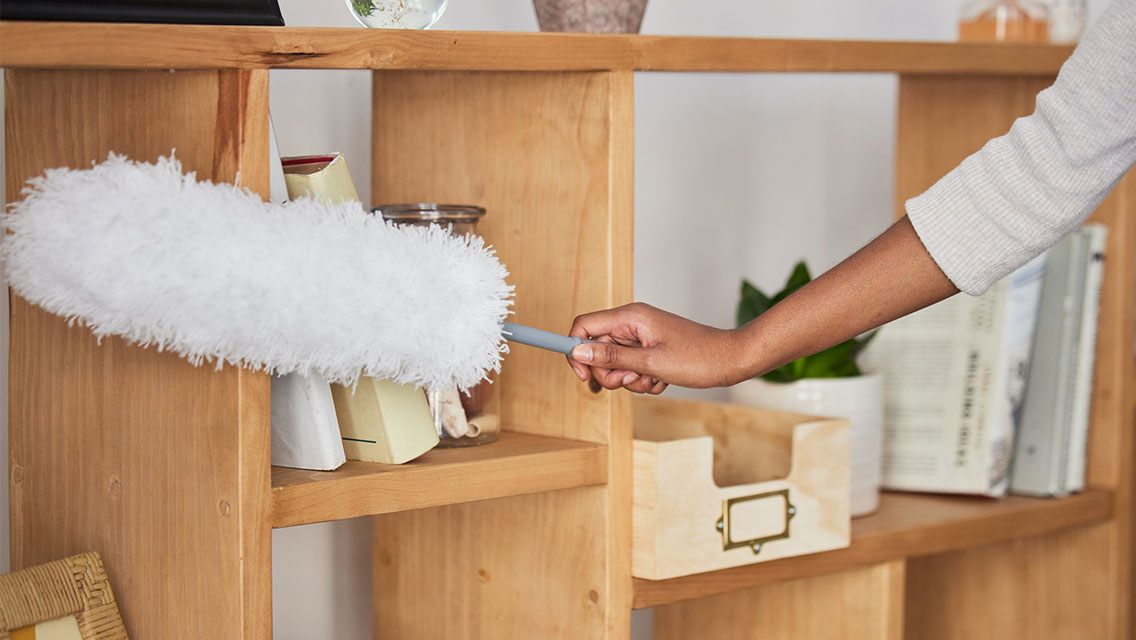University of Florida food-safety specialist Keith Schneider, PhD, is keenly aware of what can grow on our kitchen sponges. “As your sponge gets used more and more, it gets that funky odor, and part of that is the mass of bacteria that grows on that sponge,” he says.
“Bacteria, algae, fungus, and mold will grow on pretty much any surface that remains damp. We have them in our sink, we have them in our shower, and we have them in our sponges.”
Most of these microorganisms are benign, he says. The real dangers in dirty sponges arise from a small subset of bacteria, including E. coli, Listeria, and Salmonella, which primarily grow in hosts, but “like to hang around in damp environments like sinks, too, and could be picked up when you wipe up after preparing raw chicken.”
So, to eliminate the funky odor — and any risk from real contaminants —Schneider suggests three ways to give your sponge a thorough cleaning in lieu of buying a new one each time.
Microwaving: This is an effective, convenient, quick, but slightly risky option. “It works really well, but it could also melt the sponge or set it on fire,” Schneider says. “So, you need to make sure it’s damp, and you need to microwave for just the right amount of time — enough to kill the organisms, but not so much that you risk melting or burning. The time factor depends on how much power your microwave has: 30 seconds for a powerful one, about a minute for a less powerful one.”
Boiling: A slightly more laborious option. “You can stick it in a pot of boiling water for a minute or two; that’s going to kill off the vast majority of the microorganisms,” he says. “There’s a risk of melting for some sponges, but most of them are cellulose and they survive really well.”
Washing: “I just throw the sponge in the dishwasher every time I run a load. The dishwasher has a heating cycle at the end, which is also pretty good at knocking out the microorganisms.” It’s not quite as effective as the other options because the dishwasher doesn’t get as hot, but it’s good enough — and both convenient and safe.
As for ditching your everyday sponge and buying an “antimicrobial” variety, Schneider is skeptical. “They’re mainly bacteria- and mold-resistant because of the chemicals in them,” he says. “I’m not sure they’re worth the money.”
This originally appeared as “I’ve heard kitchen sponges can spread germs. What’s the best way to clean them, and are there better alternatives?” in the November 2019 issue of Experience Life.




This Post Has 0 Comments